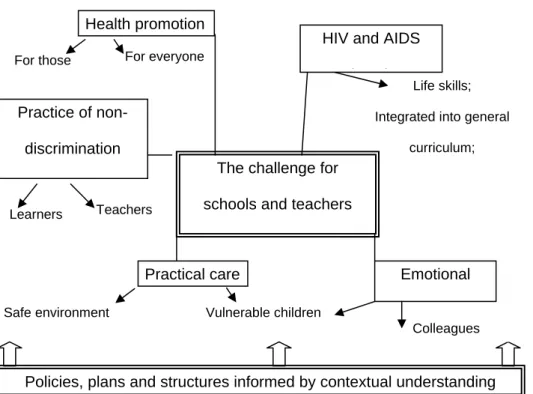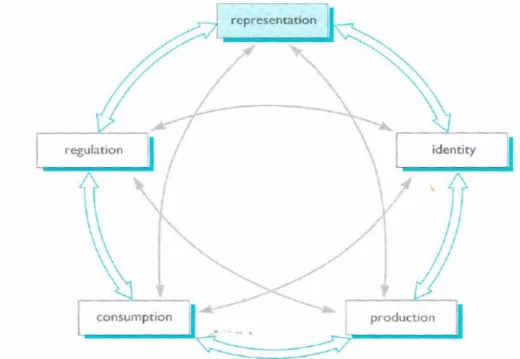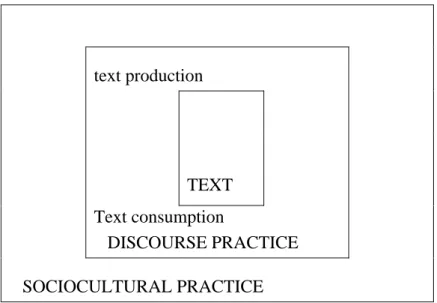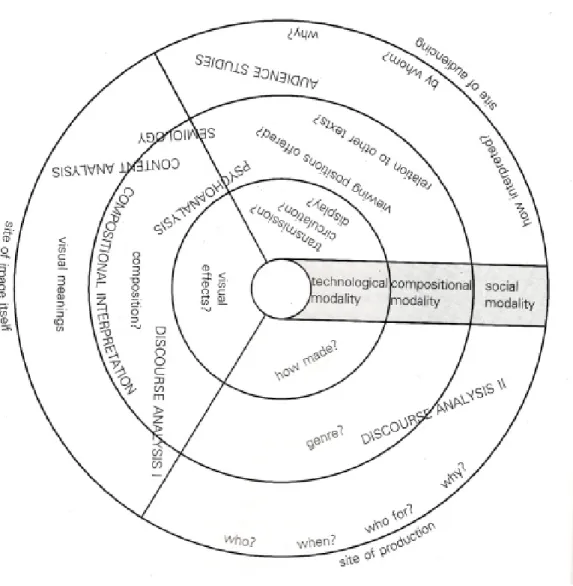It was undertaken at the University of KwaZulu-Natal in light of the HIV and AIDS pandemic. What are the implications of the representations and associated processes for teacher development to address HIV and AIDS. Marilyn Martin (2004) argues that the visual arts can influence the face of the HIV and AIDS pandemic.
Many of the campaigns in health promotion campaigns to address HIV and AIDS are well documented.

The six workshops that piloted an exploratory use of visual arts-based methods to address HIV and AIDS were also the site for research data capture. The following narrative description of the unfolding workshops is supported by a network summary of the process (Appendix 1) which shows how the intervention linked data capture techniques to the teaching design of the workshop activities. Two other black teachers and one Indian pre-service teacher provided a rough association of the group.
First, with the help of an OHP and short summaries, I explained the connection between this research and two other HIV and AIDS projects in which I am involved. Second, I distributed a workshop outline (Appendix 1B) and task for discussion. I am a lecturer on campus in another school and although many of the students later said that they did not know, they were given a prepared framework for part of the course and some kind of assignment. , on reflection, probably limited spontaneous and open discussion. Rather, questions related to how peer review would arise and whether the use of black and white film was permitted.
Finally, I gave the pre-service teachers a worksheet (Appendix 1A) and asked them to think about the use of media in HIV and AIDS education. 76 sources that had influenced their thinking, to express in writing their own meaning of the official AIDS ribbon logo and to draw and write about their own drawing. This was to introduce the arts-based approach, collect data on their attitudes and perceptions towards AIDS and provide it.
The use of drawing to access perceptions is well established in research conducted by psychologists and, as shown in the literature, has been used in studies related to health problems. It was my hope that this less formal classroom setup, and less space, would help break down the slightly hostile, or at least wary, atmosphere that I felt was present in the first meeting. Students were invited to browse the comics produced by the Soul City Project as materials to support and extend the reach of the edutainment television drama series Soul City (Esterhuyzen, 2002a; 2000b) and Soul Buddyz.
There were also a number of HIV and AIDS books available for research, including some from the Heinemann JAWS series, suitable for lower secondary school readers. There were posters on display on the subject and at OHP they could see the layout of a children's book on an aspect of the effects of HIV and AIDS, which was still in production. This film shows a number of young people from two townships in the Western Cape who give their opinion and message about HIV/AIDS.
In the last 15 minutes, there was an unexpected need for our room, so we had to move back to the original classroom, where the students gave short written feedback on the materials they had seen (Appendix 2). A good example is the two extremes of differences in responses to The Sky in her Eyes. In contrast, a black pre-service teacher, Thato, understood and was moved by a small incident in the film where the child orphaned by AIDS struggles to fetch water from the river, "the child whose mother died was so young that she could not know that she needed a small container to draw some water into the big one”.
In the hope that the use of photography would enable preschool teachers to address HIV and AIDS from their own perspectives, I drew from Ewald's work aspects that I considered worth investigating because, based on my own experiences as teacher thought they could help the students take a stand and express their ideas in relation to HIV and AIDS. There are differences between Ewald's work and my own in terms of the groups she worked with and their relationship to society, but in my view we are all oppressed and disadvantaged by the threat and impact of HIV and AIDS and need to develop the reading skills to formulate our attitude and perspective. This applies especially now, when HIV and AIDS have become so widespread and ingrained in society that it can be described as part of society and culture.
After speaking with the group, we decided that the primary target audience would be their peers on the university campus and, to a lesser extent, senior high school students. This would be easier if beginners stuck all their photos on A4 paper so that this size would be standardized. The ethics of the use of photography in relation to HIV and AIDS was spontaneously discussed in another workshop and this topic was further discussed in a small and main group discussion at this workshop.
A key question they were asked to consider in considering media ethics was "why can people refuse to be photographed for this project?" The groups were asked to discuss ideas and potential problems related to the implementation of their ideas and comment letter prepared as a result of views expressed in workshops 1 and 2 (Appendix 3D (a) & 3D (b)). Ways to overcome or frame difficult concepts were discussed in the context of scanning newspaper photographs where the angle of shot addressed ethical imperatives to protect the subject's identity. 83 The third aim of the workshop was to ensure that the preschool teachers had support when considering and planning their message construction.
84 health with Chinese village women, Wang and her colleague Burris developed a participatory action research strategy called 'photo-voice' or as she now calls it. The three main aims of this approach were: to record and reflect their personal and communal strengths and concerns; to promote critical dialogue and knowledge about personal and community issues through group discussions of photographs; and to reach policy makers. Although the pre-service teachers were not disempowered to the same extent as those uneducated Chinese women, there was some agreement with the goals for using photographs, namely that of addressing a complex and serious health issue in the interest of promoting of social change.
Wang's photographers followed their photography period with a three-step process that fostered analysis of their images. After doing so, they shared them with others by explaining them in context, telling their stories about them in group discussions designed to promote. However, the third and final stage of Wang's photo-voting method seemed inappropriate to the project's aims, which, rather than trying to reach policy makers, targeted both pre-service teachers and researcher/teacher educators.
85 related to identifying topics and aspects of HIV and AIDS awareness that they could not address in the assignment. These replaced the Wangs so that teachers could negotiate criteria for peer evaluation of their work before being hired. The aim was to encourage an opportunity for group discussion about the problems and possibilities of the photo assignment and to encourage critical thinking, particularly about how different characters may experience HIV and AIDS (Appendix 4B).
The course instructor also attended the workshop and participated in the discussions covering two areas; preschool teachers' response to seeing themselves as presenters on video and comments on the appropriateness of the representations to address HIV and AIDS. At the end of the workshop, preschool teachers were asked to provide written and drawn feedback indicating their perception of HIV and AIDS at the time, their opinion and. And on a third level, which I was not able to fully explore in this study, I am interested in the producer texts of the thirteen preschool teachers.
Only one photo story was among the materials available to the preservice teachers in Workshop 2, but many of the preservice teachers whose native language was not English were particularly interested in the Soul City HIV and AIDS comics. Image 1 - Iris represented HIV and AIDS at the start of the project as “a crying face”. This photo story addresses some of the needs of young women in the age of AIDS.
Her purpose in using the photographs, as explained in her justification, was threefold. From the photostories of beginning teachers, we can also learn something about their perceptions of the role of education in relation to HIV and AIDS by asking what these beginning teachers envision as solutions to HIV and AIDS-related dilemmas. One of the findings of this project was that through their participation in the creation of comics, the participants were able to think and envision alternative scenarios for issues related to HIV and AIDS in the community.
The article "Media Matters: Creating a Culture of Compassion in the Age of HIV and AIDS" (Stuart, 2004) looks at how some of the photographic texts are positioned in relation to discourses such as those about compassion and HIV and AIDS- in. Two of the five pre-service teachers used their picture posters primarily to construct warning sites for the target audience. Of course, as with activists in the UK, the HIV and AIDS education they perceive as appropriate is related to their understanding of the disease.
In my initial analysis of the photographic representations, as described in the first part of this chapter, I looked at the ways in which the students (producers) used the texts to address HIV and AIDS.


